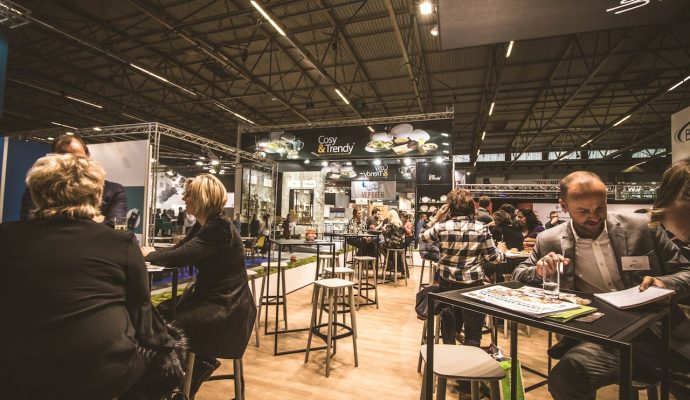Metal is part of our everyday lives and though metal fabrication is a massive, global business, those outside the industry are often oblivious to what it actually is.
In simple terms, it is the process by which sheet metal is manipulated to create structures, products and components. This can include design, fabrication and installation and typically requires both machine engineering and automation as well as manual labour and skill. Creating the finished pieces requires precise work and a portfolio of different skills and expertise as each part has to be made to match the design and specification.
What Does it Make?
Metal fabrication is used to create many of the structures we come across in our daily lives, from handrails on stairs in the supermarket, metal staircases around the outside of a building to fencing around the car park, metal signage for shop fronts, stainless steel planters, bicycle racks and metal playground equipment like swing frames
Architectural metalwork such as metal fencing is also a commonly seen application, with fences in different styles, suitable for different locations like parks, schools and sports grounds. Metal fabrication contracts are often created for larger projects, covering the metalwork throughout a development such as an office block, housing estate or sports stadium. There are also smaller, domestic applications, for example creating garden furniture or bespoke kitchen countertops.
How Does It Work?
Taking metals in their raw states such as low melting point alloys and powders, and turning them into the end product requires several stages of manufacturing. Design is important and this is typically done using Computer-Aided Design (CAD) to create precise drawings and diagrams. The next step is cutting the metal to create the individual components, then follows intermediate stages middle required to get the piece into its necessary form which could include bending, rolling, and welding. Once the pieces are created the product can be assembled.
After the product is in the desired shape and configuration, the piece is cleaned up and polished by a process called shot blasting. This is what creates the smooth and uniform appearance that we are used to seeing in fabrications such as metal railings. Shot blasting also creates the correct surface for painting if this is necessary. Painting is carried out by powder coating which many large fabrication companies are able to offer in house. In some cases, particularly where the fabrication forms part of a structure, installation is required on location which most metal fabricators who specialise in these types of jobs will be able to carry out.
Industry Forecast
Given the profusion of metal in the modern world and its versatility as a material, this industry is very diverse and touches on many different sectors, including agriculture, healthcare, automobile and more. As the push for more sustainable materials increases, metal is growing in popularity with the majority of outputs being highly recyclable. In particular, steel can be endlessly recycled. The methods of fabrication usually mean that components are created to specification and there is less waste. Metal fabrication also plays a big part in renewable technologies such as building wind turbines and solar energy panels.
Metal fabrication is an exciting industry that has seen good growth in the last few years and is set to continue. Not only is it a highly skilled industry whose products are found throughout the modern world, but the sustainability of the end products makes it an area that is set to flourish as we move into the next decade.



